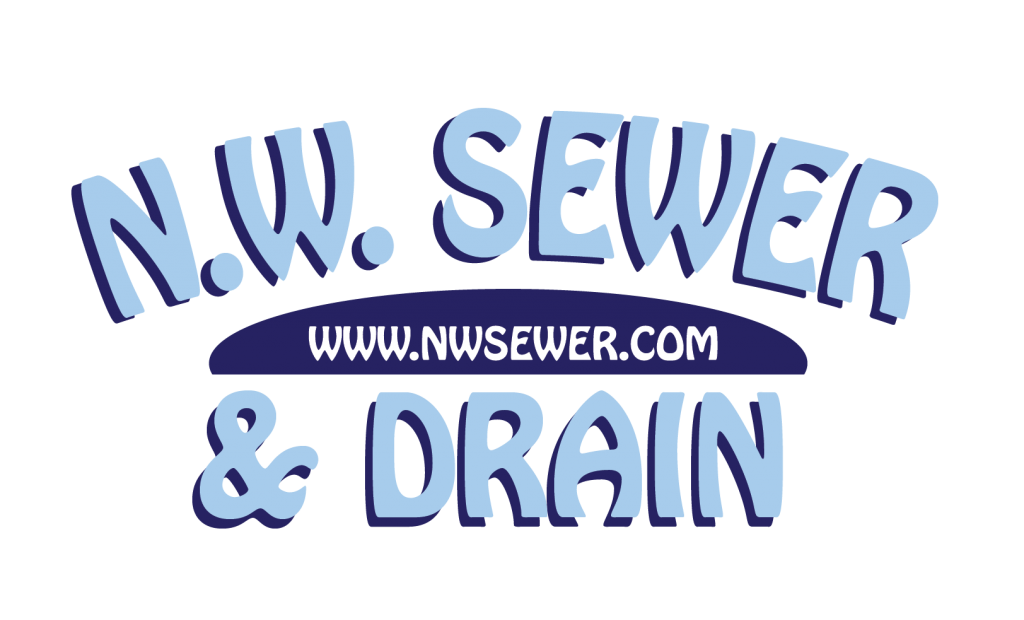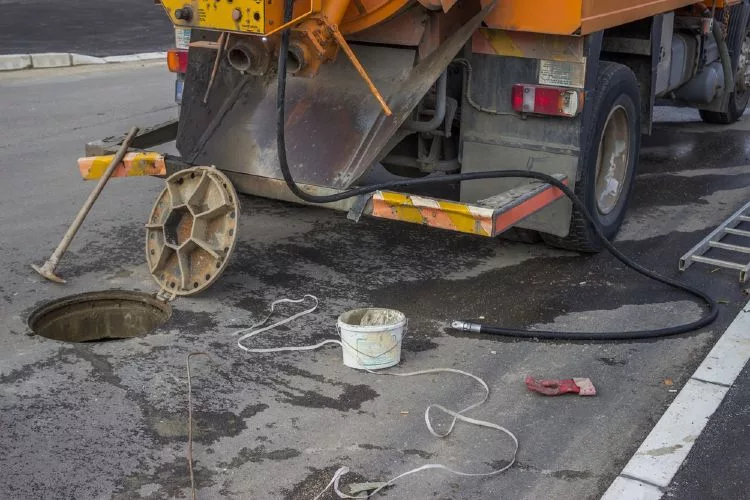Sewer lines are typically out of sight and out of mind. That is, unless a leak, backup, or clog makes it obvious. To ensure that your household continues to have access to this essential service, sewage line repairs typically need to be made right away. An expensive sewer line repair may also be necessary. Finding a skilled and reputable plumber or sewer repair firm is crucial for these two reasons.
Keep reading for more information on what a sewage repair service does and how to choose the best one.
What Does a Sewer Line Repair Service Do?
A sewage line repair business will assess your problem and offer a process for the suggested repairs. Depending on the issue, the precise process may vary, although it may contain some or all of the steps listed below.
Identifying the Sewer Line Problem
The sewage repair service will first assess the need for repairs. The source of the problem, such as a clogged or backed-up pipe, will be investigated. The sewage repair business will recommend a repair after analyzing the stated issue. The broken section of the sewer pipe will typically need to be replaced, although occasionally, the line may be clogged and require cleaning.
Finding the Sewer Line
The drain specialist must first find the sewer pipe to start repairs. To access the pipe, it usually takes excavation and digging down. However, this step is optional if the sewer line issue is with a pipe within the house.
Taking Down the Current Sewer Line
The broken or damaged section of the sewage pipe will be uninstalled once it has been reached and the sewer service valve has been turned off. The line should ideally need a small section to be removed, but if the whole line can be reached, the harm may be more extensive.
Swapping out the Sewer Line
New pipes will be installed to replace the previously removed cracked or broken sections of the sewer system. Obtaining accurate pipe sizes and creating the required connections can take some time. The sewer repair company could advise replacing your entire sewer line if the present line has significant damage.
New Sewer Line Testing
The sewer and drain specialists will examine the entire system to ensure it functions correctly after installing the new pipe or piece. Before completing the project, the sewage repair service will fill the sewer piping with water and check whether there are any leaks.
How to Find Services for Sewer Line Repair
Use these tips and strategies to locate the best service providers for sewage line repair work.
- Ask for referrals from people you can trust. Consult with members of the neighborhood about the services you require. You will probably receive helpful referrals from others who have previously required a comparable service.
- Look up potential businesses : Many businesses that provide this service will probably up in a simple search for “sewer line repair services near me.” Read the testimonials of previous customers and the services that each company provides.
- Ask for at least three quotes to compare prices: You risk overpaying for the service and possibly being taken advantage of if you only ask for one bid. On the other hand, a company may not be the greatest choice simply because it has the lowest pricing. One of the many variables that you should take into account is price.
Factors to Consider Before Hiring a Sewer Line Repair Service
If you want to feel confident in your choice of sewage line repair company, ask each of them the following questions and compare their answers.
- Do you have the proper permits and insurance to carry out this task?
- When will you be able to go to work fixing the sewer?
- Can you make it out for a preliminary review of the project?
- How can I fix my sewer line?
- Is there a clog in the interior plumbing or the main sewer line outside?
- How long will it be before I can use my sewer again?
- I would like to know if you offered a written contract and cost.
- Can you tell me if any guarantee backs your services?
How Much Does It Cost to Fix a Broken Sewer Line?
The cost of fixing a broken sewer line can vary greatly depending on the extent of the damage and the location of the problem. Factors such as the type of pipe, the depth of the line, and the complexity of the repair all play a role in determining the final cost. In general, fixing a sewer line can range from a few hundred dollars to tens of thousands of dollars.
For minor repairs, such as fixing a clogged sewer trap or repairing a section of pipe in the basement, the cost may be on the lower end of the spectrum. However, if the damage is extensive, such as a broken main sewer pipe or a line buried beneath a cement slab, the cost can be significantly higher.
It’s important to note that the cost can also vary depending on the location of the property. Some areas may have higher labor costs or more expensive materials, which can drive up the overall price of the repair. Additionally, if the sewer line is located on a public property, the cost may be shared between the property owner and the city.
Ultimately, the best way to determine the cost of fixing a broken sewer line is to schedule an inspection with a plumber or sewer contractor. They will be able to assess the damage and provide a detailed estimate for the repairs.
What Determines the Price of Replacing or Fixing a Sewer Line
- Length
You can estimate the cost of replacing a sewer line based on length. How deep a hole needs to be dug, how much pipe is needed, how much sand and gravel are needed, how many people it will take to do the job, and a host of other considerations are all affected by the line’s length.
- Obstructions
The easiest kind of ground to work on is clear, soft ground that is free of obstacles. Concrete slabs, brick or paver patios, fences, playsets, sheds, and trees create hazardous yard situations.
- The Type of Damage
Costs associated with fixing a section of pipe closer to the house will always be lower than those associated with fixing the entire line from the house to the main sewer line. hydro-jetting out a sewer line is an effective way to remove invading roots. However, the repair cost will skyrocket if the area has to be dug up to fix a broken sewer pipe.
- Restoring and Cleaning
A mild biohazard might be created in your home or yard by a broken sewer line or a backed-up sewer line. The plumbers will only remove as much sewage as is necessary to get to the clog. The homeowner is responsible for the rest; you must add the cost of professional cleaning to the total amount spent on sewage repair.
Contact Your Local Sewer and Drain Specialist
It is best to consult an experienced local sewer and drain cleaning company to advise you on what method is best for repairing your damaged pipe.
At N.W. Sewer & Drain, we have a well-trained and ready-to-move team on standby. We serve the Seattle metropolitan area, including Bellevue, Kirkland, Shoreline, Renton, Lake Forest Park, Mountlake Terrace, Auburn, Everett, Marysville, Mount Vernon, and other surrounding areas.
N.W. Sewer & Drain provides top-notch drain cleaning and sewer repair services in the greater Seattle area, and we’ve been in the business for nearly 20 years. Contact us today at 206-931-7728 to schedule an inspection of your sewer line.
FAQ Section on Sewer Line Repair
1. What are common signs of a broken sewer line?
A broken sewer line often shows signs like slow drains, gurgling noises in the pipes, foul odors around the home, or even patches of lush grass. These indicators suggest something is wrong underground, requiring immediate attention to prevent further damage.
2. How is a sewer line problem diagnosed?
To diagnose a sewer line issue, plumbers typically use advanced methods like camera inspections. By sending a small camera through the pipes, they can pinpoint blockages, cracks, or other issues without invasive digging.
3. What causes sewer line damage?
Sewer line damage can stem from various factors including tree root intrusion, ground shifting, corrosion of old pipes, or blockages from grease and debris. Understanding the cause helps in determining the best repair method.
4. How can I prevent sewer line problems?
Regular maintenance is key to preventing sewer line issues. Scheduling annual inspections, avoiding flushing non-degradable items, and managing tree roots near pipes can significantly reduce the risk of clogs and damage.
5. What is trenchless sewer repair?
Trenchless sewer repair is a minimally invasive method that fixes pipes without extensive digging. Techniques like pipe bursting or lining can replace or repair damaged sections with minimal disruption to your yard.
6. How long does sewer line repair take?
The duration of sewer line repair depends on the extent of the damage and the repair method used. Simple repairs might take a few hours, while extensive ones involving excavation can take several days.
7. What is hydro jetting and how does it help?
Hydro jetting uses high-pressure water to clear out severe blockages and buildup in sewer lines. This method is highly effective for removing tree roots, grease, and other stubborn debris, restoring proper flow.
8. Are sewer line repairs covered by homeowners insurance?
Coverage for sewer line repairs varies by policy. Typically, standard homeowners insurance does not cover wear and tear or neglect, but sudden and accidental damage might be covered. It’s best to check with your insurance provider.
9. What are the costs involved in sewer line repair?
The cost of sewer line repair varies based on the damage’s extent, the repair method, and the pipe’s location. On average, repairs can range from a few hundred dollars for minor fixes to several thousand for major replacements.
10. Why should I choose a professional for sewer line repair?
Choosing a professional ensures the job is done correctly and safely. Professionals have the right tools, experience, and knowledge to diagnose and fix sewer line issues effectively, preventing future problems and costly repairs.
Additional Information: Importance of Regular Sewer Line Maintenance
Regular sewer line maintenance is crucial for preventing unexpected plumbing emergencies. By scheduling routine inspections and cleanings, homeowners can identify potential issues early and address them before they escalate into major problems. Techniques like hydro jetting and camera inspections allow plumbers to keep sewer lines clear of debris and tree roots, ensuring a smooth flow and reducing the risk of costly repairs.
Moreover, advancements in plumbing technology have made it easier to maintain and repair sewer lines with minimal disruption. Trenchless repair methods, for instance, allow for quick and efficient fixes without extensive digging. By staying proactive with maintenance and utilizing modern techniques, homeowners can protect their sewer systems and avoid the hassle and expense of emergency repairs.

